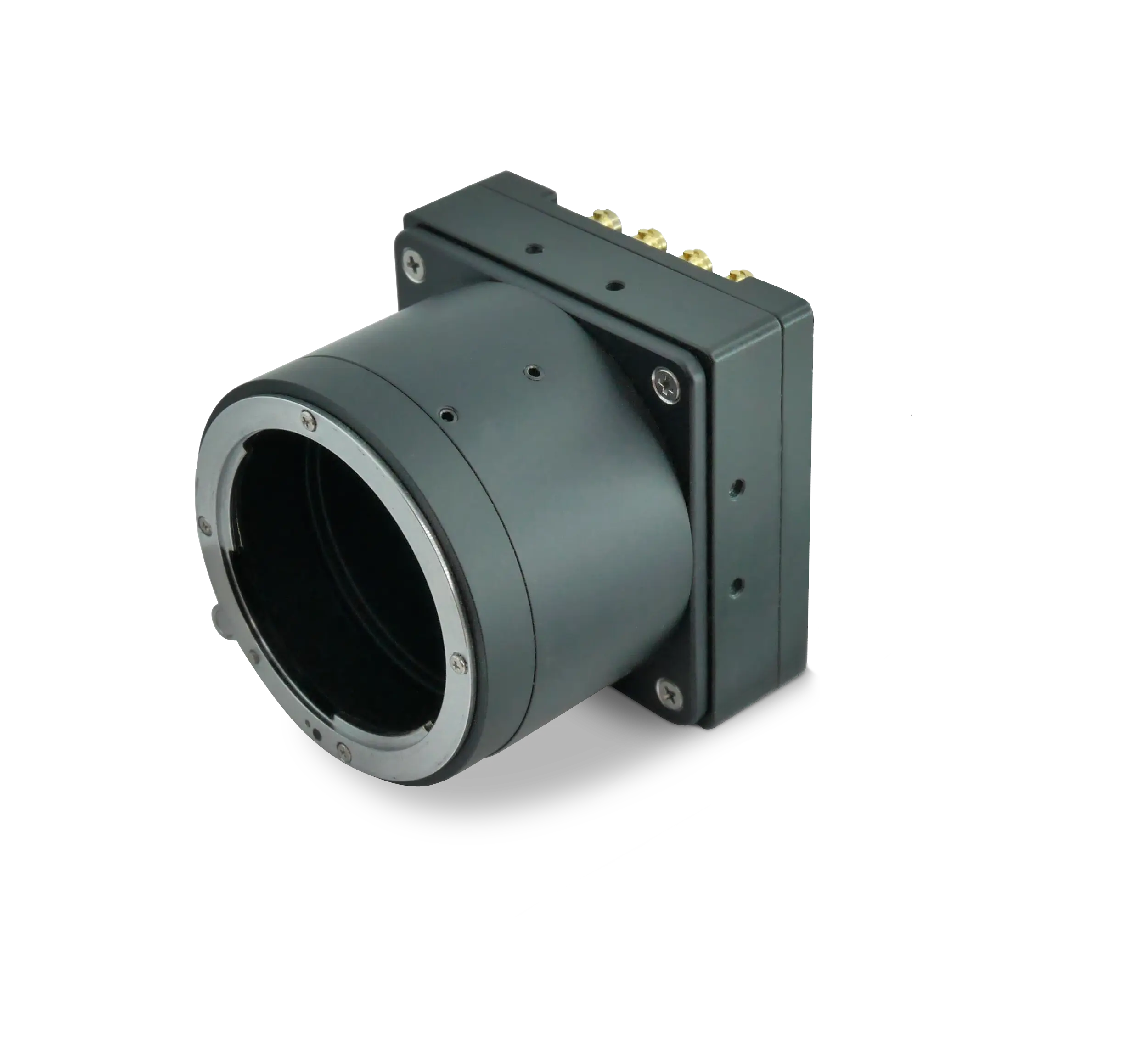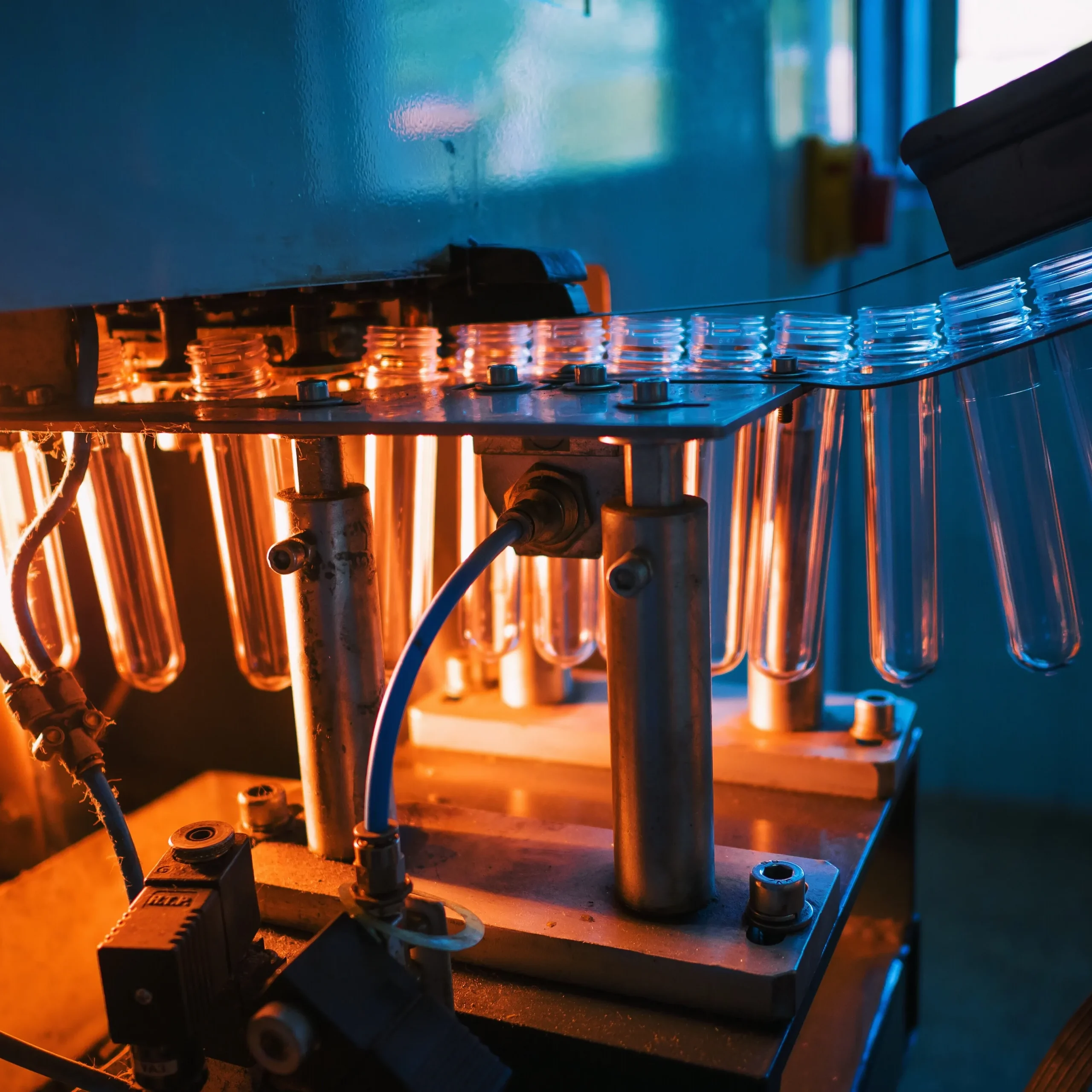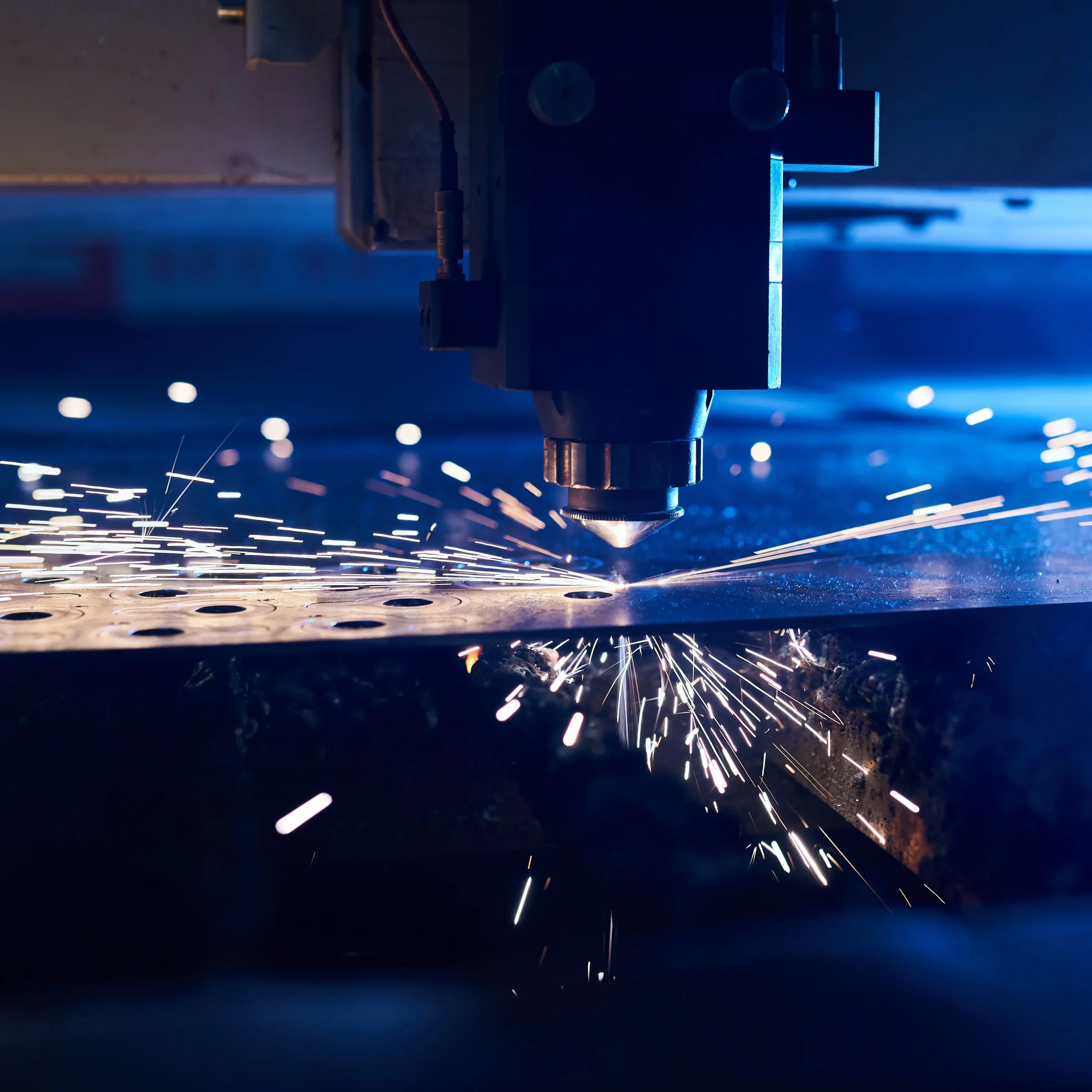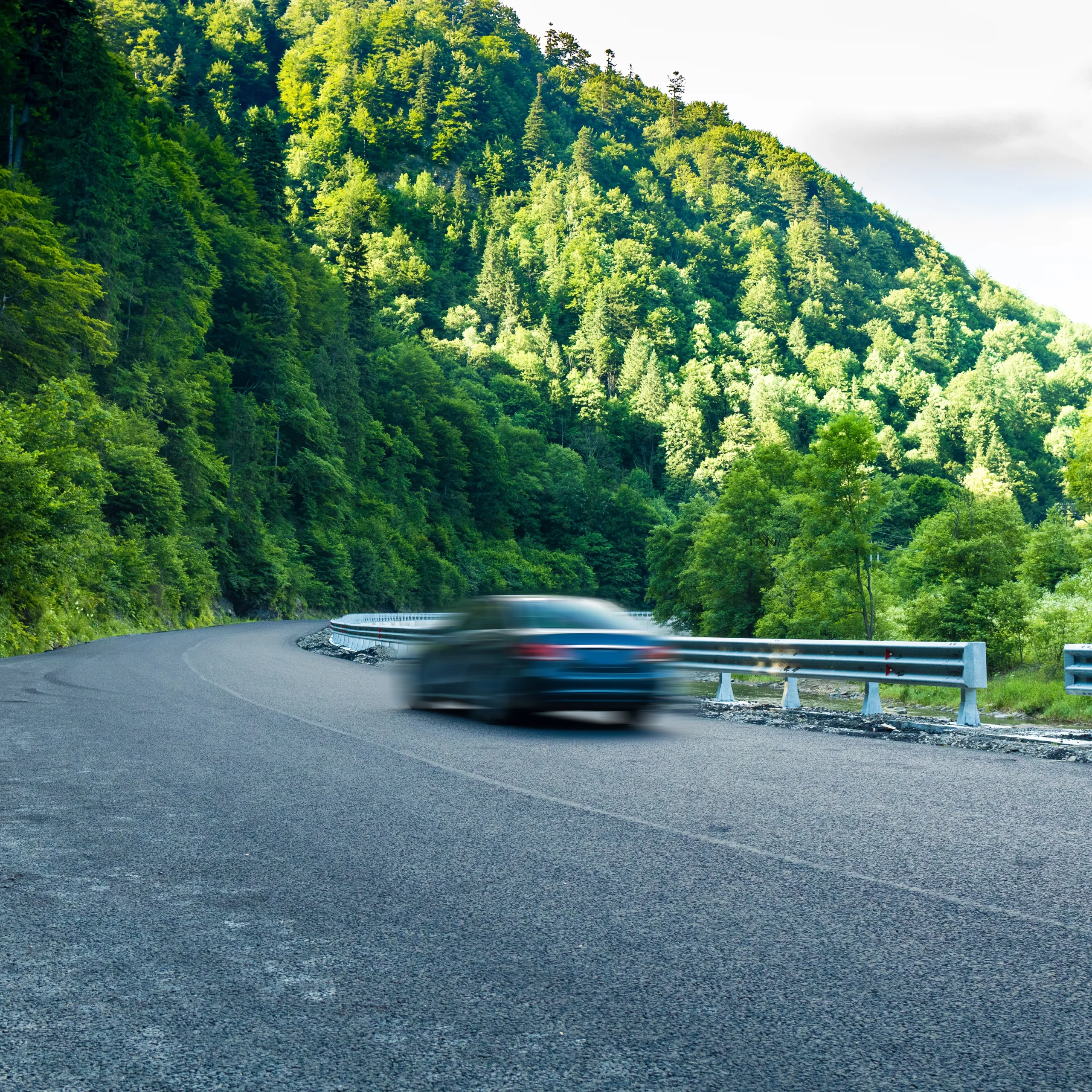Global maritime trade never sleeps. From Shanghai to Rotterdam, container terminals handle thousands of twenty-foot-equivalent units every hour under relentless time pressure, tight security regulations, and strict sustainability goals. Any unexpected delay or manual mistake ripples through the entire supply chain. To keep boxes moving, port operators increasingly deploy machine vision container inspection systems that deliver actionable data in real time. At the heart of these systems are high-speed CoaXPress cameras from KAYA Vision, purpose-built for rugged, round-the-clock port automation imaging.
The 24/7 Container Inspection Challenge
Unlike factory floors, container yards expose inspection equipment to fluctuating daylight, salt spray, extreme temperatures, and constant vibration from straddle carriers and ship-to-shore cranes. Cameras must identify ISO codes, hazardous-material placards, seal integrity, door alignment, and potential structural damage at vehicle speeds up to 40 km/h. Each container face may show faded paint, rust, or grime that complicates OCR. Traditional GigE or USB cameras often struggle to capture blur-free, high-contrast images under these conditions and cannot pump raw data fast enough to AI servers before the next container arrives.
Why CoaXPress Wins at the Port Gate
CoaXPress (CXP) offers deterministic bandwidth up to 12.5 Gbps per cable, millisecond-class latency, and Power-over-CoaX (PoCXP), making it ideal for long cable runs across gantry cranes or inspection portals. Unlike Ethernet links that require IP management and are prone to packet loss, CXP provides point-to-point, fixed-latency data transport with embedded triggering. The result is lower frame-to-frame jitter, simplified EMC compliance, and reliable synchronization of multiple inspection angles.
KAYA Vision’s high-speed CoaXPress cameras such as the Iron 4600 push the CXP v2.1 interface to its ceiling. Four CXP-12 lanes stream 45-megapixel frames at up to 100 fps when operating in 8-bit mode—ample resolution to zoom into micro-cracks or tamper labels while still tracking a moving truck. With a rolling electronic shutter as short as 2.5 µs, dynamic range greater than 90 dB, and temporal noise below 1.6 e-, the camera produces crisp images from dawn glare to midnight floodlights.
Key Imaging Tasks at Busy Terminals
- Door & Seal Verification: Detect bent hinges, broken rods, or missing bolts in less than 80 ms before a container is released.
- Code & Placard Reading: Recognize ISO 6346 identification, UN hazard signs, and operator logos despite rust, dents, or stickers.
- Damage Assessment: Combine side and roof views to flag corner-casting cracks, floor bulges, or corrosion that may compromise stacking safety.
- Load-Planning Feedback: Provide dimensional and weight-distribution data to yard-management systems for optimal crane scheduling.
All of these tasks depend on capturing the right moment at high shutter speeds—exactly where KAYA’s CoaXPress portfolio shines.
Iron 4600: Muscle for Maritime AI
The Iron 4600 employs a massive 8320 × 5456 Gigapyx sensor with 4.4 µm pixels, ensuring sharp edge contrast across the entire 43.8 mm diagonal. Whether the inspection station uses an F-mount or M42 lens, operators can monitor a full 2.6 m container height from a single vantage point, reducing mechanical complexity. Short 2.5 µs exposures freeze vehicles at near-highway speed, and the camera’s >90 dB dynamic range keeps both chassis shadows and sunlit roofs within the same frame.
GenICam compliance allows integrators to tweak gain, exposure, and LUT curves on the fly as weather changes. Because the Iron 4600 uses four micro-BNC connectors that each carry data and power via PoCXP, a single rugged cable per lane powers the unit and transmits data, saving costly IP67 power lines along crane booms.
Extending CXP Beyond 100 Meters
Some inspection stations sit more than 100 m from the server racks housed in an air-conditioned control tower. With KAYA’s CoaXPress Range Extender over Coax, integrators can double or triple native CXP cable length without sacrificing bandwidth. The plug-and-play modules operate from -40 °C to 70 °C, support PoCXP, and are available with optional IP66 housings, making them ideal for pole-mounted enclosures near quay cranes. Combined with DIN-rail adapters, installers snap the extender into existing telecom cabinets without redesigning the network.
System Architecture Example
Imagine a gateway portal where inbound trucks pass through three synchronized Iron 4600 cameras—two lateral, one roof. Each camera connects via CXP-12 to a nearby range extender, then travels 250 m of RG-11 coax to a secure server room. There, a KAYA Komodo CXP-12 frame grabber (or compatible third-party board) pushes raw Bayer images into a GPU cluster running container-specific convolutional neural networks. Results reach the terminal operating system within 300 ms, triggering barrier gates or generating EDI damage reports.
- Total image throughput: 3 cameras × 100 fps × 45 MP × 8 bit ≈ 13.5 GB/s uncompressed.
- No frame loss thanks to deterministic CXP DMA and deep onboard buffers.
- End-to-end latency—from exposure to AI decision—under 0.5 s enables stop-go control without human intervention.
Environmental Hardening for Maritime Reality
Salt-laden air corrodes unprotected electronics within months. The Iron 4600 offers an optional IP67 enclosure and has passed MIL-STD-810G shock and vibration tests. Wide industrial operating limits (-40 °C to 80 °C) eliminate the need for external heating in northern winters or forced cooling in tropical summers. An internal operational time counter and built-in temperature monitoring support predictive maintenance—technicians receive alerts long before thermal drift jeopardizes focus.
Energy and Sustainability Benefits
Continuous lighting at inspection gantries burns significant power. The Iron 4600’s quantum efficiency (>84 % at 520 nm) allows lower LED intensity or shorter flash duration, cutting energy use and extending fixture life. PoCXP further improves efficiency by centralizing DC supplies in climate-controlled rooms where conversion losses are minimized. By eliminating manual inspections, ports also reduce idling emissions because trucks no longer wait minutes for an operator to walk around the container.
Scalability Path: From Coax to Fiber
For mega-terminals stretching kilometres, KAYA also offers Iron CoF cameras that transmit CoaXPress over Fiber, leveraging the same low-latency protocol but across single-mode links measured in kilometres. Existing Iron 4600 configurations can coexist on hybrid networks, letting operators expand inspection coverage without forklift upgrades.
As competitors race toward fully autonomous ports, the union of machine vision container inspection, high-speed CoaXPress cameras, and robust port automation imaging infrastructure becomes a strategic differentiator. With KAYA Vision’s Iron 4600 and CoaXPress Range Extender, operators not only meet current safety and efficiency benchmarks but also lay the groundwork for emerging applications such as automated twist-lock detection, AGV convoy guidance, and drone-based inventory audits. The time to build this foundation is now—before the next vessel berths and the cycle begins anew.
